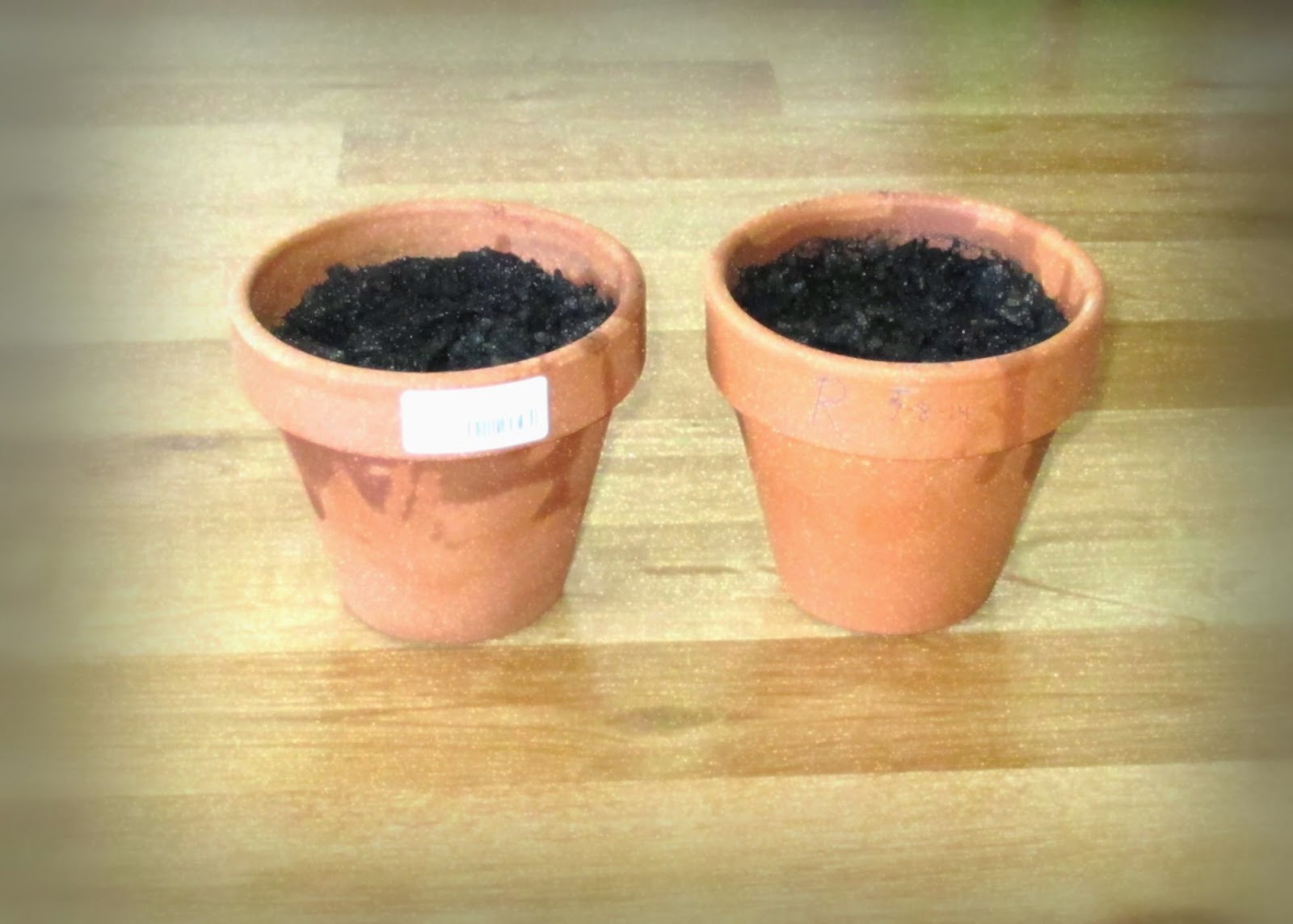As a (mostly) vegetarian gardener, I didn't pay much attention to this emerging health threat, but many of my gardening friends eat red meat, and this is the most common species of tick in my area, so I felt I should post about it....
Vanderbilt University Medical Center confirms that the bite of a Lone Star Tick (Amblyomma americanum) can result in severe allergies to red meat such as beef, pork, venison, and rabbit (and I assume mutton and lamb?). Thousands of cases of this allergy have been appearing over the past couple of years, just as the Lone Star Tick population seems to have increased in the central and eastern US, Canada, and all the way through Mexico, Central and South America. Lone Star ticks are very aggressive, and I know lots of folk that have been bitten by them. These ticks are very happy to live in your garden and your fences, unlike many ticks who prefer to stay in the wilderness:
 |
| Lone Star Tick, photo courtesy Vanderbilt Univ. Medical Center |
The allergy occurs because this tick's saliva contains a sugar called Alpha-gal, which is a form of the sugar galactose. As soon as the tick bites, Alpha-gal enters the victim's bloodstream. Apparently sometimes our immune system will mark the Alpha-gal as a foreign invader. Later, when that person eats red meat, which also contains Alpha-gal, an allergic reaction sets in. As with peanut or wasp or bee allergies, the reaction can become more severe each time the person eats red meat. Many poor sufferers have ended up in the ER.
When I first heard about this, I thought it was a creative new urban legend. But it's for real. For gardeners who live in this tick's bailiwick, it is best to wear tick-protective clothing and repellants while working outdoors in the garden. After gardening or doing yard work, be alert to any ticks that have latched on to you and remove them promptly. If you seem to be having an allergic response to a steak dinner or a burger, see your doctor promptly to find out if you have a meat allergy, especially if you know you've been bitten by this tick in the past. For the extremely worried, veganism is an option...!






















